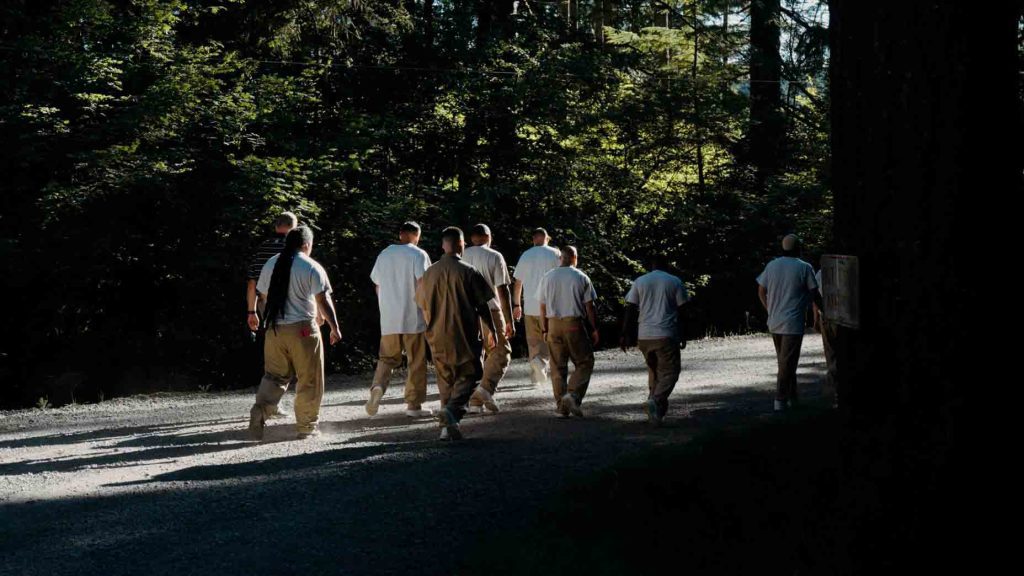Cedar Creek Golf Club: A Unique Rehabilitation Program
LITTLEROCK, Wash. — Nico casually tosses back a 3-foot dreadlock as he prepares to take his shot. Up next on the tee, Rodron has gone left and G has gone right, so he could easily be forgiven for going astray, too. Surprisingly, his ball unexpectedly rolls a couple of inches backward as he mishits it with his driver. Pointing to a bystander recording the moment, Nico humorously requests him to delete that part.
With a hint of frustration, he attempts again, only to miss once more. Laughter surrounds him as Rodron jokes, “If he misses a fourth time, I’m outta here!” This is golf at its most laid-back, a chance to engage and relax, no matter your background—even when you’re in prison.
Nico and Rodron are inmates at Cedar Creek Corrections Center, a minimum-security facility near Olympia, Washington, housing about 450 prisoners with fewer than six years left to serve. Their crimes range from severe to lesser offenses, but some are part of an innovative experiment suggesting that golf can aid rehabilitation for those marginalized by society.
A Groundbreaking Initiative
Superintendent Tim Thrasher, a tattooed former Army brat with a passion for golf, initiated the Cedar Creek Golf Club about three years ago. He envisions the program as a means to equip inmates for successful reintegration into society, arguing that traditional punitive measures fall short in effectively reforming individuals.
Professor Kimora, an expert in criminal justice, supports this idea, stating that inmates engaged in rehabilitative activities like golf are more likely to thrive upon release. “What’s happening here is incredibly valuable,” she notes, emphasizing how rare such opportunities are.
Golf as Therapy
Nico has found solace in this sport, describing it as a therapeutic escape that he never imagined experiencing behind bars. Each successful swing is accompanied by cheers from fellow inmates in their standard prison attire. Meanwhile, Tejuan—a fellow golfer and former tattoo parlor operator—reflects on how golf is reshaping his self-image and enabling connections with others he normally wouldn’t engage with.
Building Relationships Through Golf
The unique bond formed through the game fosters a sense of community among the inmates. For Rodron, the experience is liberating, breaking down the barriers that typically separate individuals in a prison environment. The camaraderie flourishes as they bond over shared experiences on the makeshift golf course created from a softball field and indoor gym, emphasizing that human interaction is essential for rehabilitation.
As the program develops, the hopeful results point toward a potential shift in recidivism rates. While statistics indicate that two-thirds of released inmates may reoffend, Cedar Creek Golf Club has recorded zero re-incarcerations among its participants thus far. The goal remains clear: to foster a more inclusive and supportive environment that encourages inmates to become productive members of society.
Looking Forward
As the sun sets over the practice area, the inmates reminisce about their time on the course, expressing hopes for future outings. Thrasher envisions a reunion for the golfers post-release, aiming to showcase that they can maintain relationships beyond prison walls. “We’re all playing together in 2027 then,” he promises, signaling a hopeful future for all involved.



